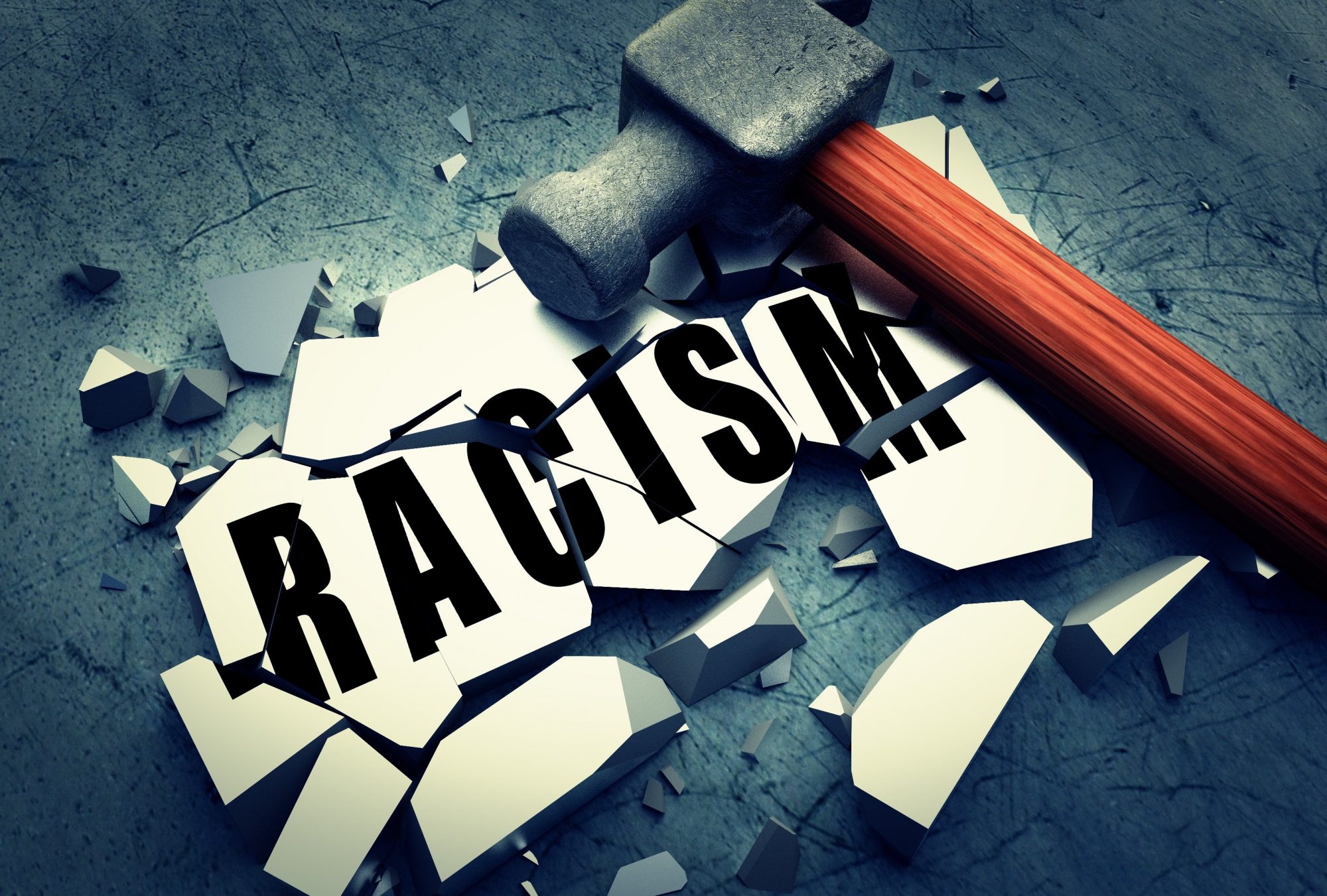In this class, we discussed the politics of racism. We particularly focused on how white politicians use dog-whistle politics to invoke racial fears and racist views among white voters. We looked at the relevance of colorblind racism to the existence of dog-whistle politics, and how they play into each other. We traced dog-whistle politics through the last half-century and talked about how politicians have used it for a long time. This was relevant as it refutes the narrative of a post-racial America under Former President Barrack Obama. The class discussed the existence of dog-whistle politics abroad in Singapore, Indonesia, and Malaysia. It could be interesting to explore that further and see how politicians invoke racism abroad.
I would have liked to have expanded more on both the idea of race signaling and the presence of race in politics beyond dog-whistle racism. I wanted to get to the question of how white identity is often referred to in coded language as well. This is particularly important, as our society often treats whiteness as a no race or the norm even though it is an active player in our racial system. By talking about how politicians speak about white identity, we could have a more complete understanding of how race plays into our politics.
The conversation would have centered around a clip of the President. In the clip, we would have looked at President Trump refers to America as a Christian nation and talks about the plight of the Christian family. He expressly speaks about protecting the country’s “Christien heritage” and working against the media. Through his rhetoric, one can see that he is talking about protecting white identity and particularly a non-Jewish and non-Islamic identity. This connects to our conversations about the racialization of Islam in the United States. Through this conversation, we could have explored how the military and aspects of patriotism are often used as coded language to refer to the white identity even though people of color disproportionately serve in the U.S. military when compared to the percentages of the population they make up. This conversation could have connected to the readings we did later about the proud boys and the alt-right. Those conversations could have further revealed how these populations attempt to speak to those groups both through employing dog-whistle politics to invoke white fear and by employing coded language to speak about white identity.
It would have also been interesting to look at how politicians use policy to dog whistle to their bases and what happens when dog-whistle politics turns into real-life violence. From the crime bills of the late 20th century to voter identification laws and the immigration debate in the early 21 century, politicians use their policy positions to signal to white voters their viewpoints on race. In a colorblind world, we then frame Policy debates around race without acknowledging the connection to race that these positions have. Looking at the ramifications of dog-whistle politics would have been interesting as well. Often the words uttered by these politicians bolster alt-right groups. Over the last several years, there have been several mass shootings that have targeted Mexican communities, Jewish communities, and Muslim communities. Each incident seemed to be influenced or have a connection to dog-whistle rhetoric uttered by a politician. It would be interesting to explore questions of accountability. Should these politicians be held accountable? In a colorblind society, is accountability possible?
